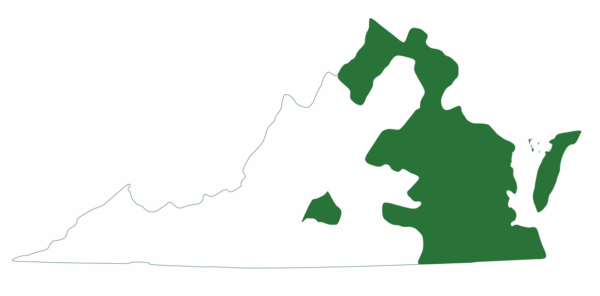The color range of red bellied cooter. Photo by JD Kleopfer
Northern red bellied cooter. Photo by JD Kleopfer
Red bellied cooter shell. Photo by JD Kleopfer
Fact File
Scientific Name: Pseudemys rubriventris
Classification: Reptilia, Order Testudines, Family Emydidae
Size: Up to 13.5 inches in length
Identifying Characteristics
This is a large freshwater turtle that grows to a carapace (upper shell) length of 15.7 inches. The shell is elongate, oval, usually flattened or mid-dorsally concave in old specimens, and often constricted in the region of the sixth marginal (the marginals are the scutes, or sections of the shell, that form the outer edge). The carapace is brownish with a reticulated pattern in the young, with the light markings often red, and the most frequently occurring red mark being the broader transverse line on each lateral which is longer than the other lines. There is a transverse light bar (usually red) on each of the upper marginals. The plastron (lower shell) is orange or red with a dark pattern along seams in the young, but which fades with age. The head is dark brown with light stripes; a prominent stripe on the top of the head joins the thin lines above the eyes at the snout to form the prefrontal arrow, characteristic of this turtle. The tip of the upper jaw is notched with a tooth-like cusp on either side.
Habitat
They sun on rocks in the water or on the shore. They live in comparatively deep water. Preferred habitat includes emergent and submerged freshwater plants, basking sites near deep water, and a soft substrate for overwintering. The eggs are laid in June and July in a cultivated tract or cornfield adjoining the water. If the banks are steep they will deposit the eggs on the shore. The nests may be more than 100 feet from the water .
Distribution:
This turtle is found throughout the Coastal Plain, in the Potomac River and Shenandoah River, and several areas in the Piedmont region. It is found on Assateague Island, but no other barrier islands. It inhabits lakes and ponds, as well as in clear, swift moving creeks and lower silt-bearing rivers, and into their brackish lower reaches and salt marshes.

Last updated: March 10, 2024
The Virginia Department of Wildlife Resources Species Profile Database serves as a repository of information for Virginia’s fish and wildlife species. The database is managed and curated by the Wildlife Information and Environmental Services (WIES) program. Species profile data, distribution information, and photography is generated by the Virginia Department of Wildlife Resources, State and Federal agencies, Collection Permittees, and other trusted partners. This product is not suitable for legal, engineering, or surveying use. The Virginia Department of Wildlife Resources does not accept responsibility for any missing data, inaccuracies, or other errors which may exist. In accordance with the terms of service for this product, you agree to this disclaimer.

